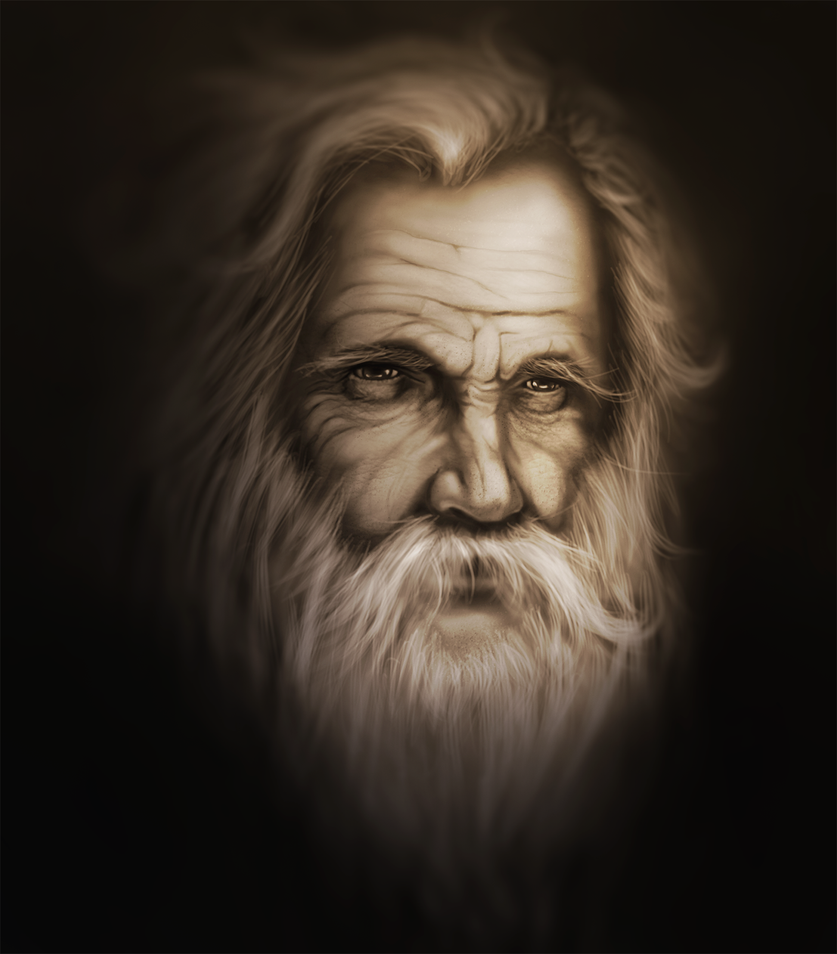FBI Identifies 4,000-Year-Old Mummified Head
Sept 26, 2018 18:42:39 GMT
Bestem♥r and LadyPorthos like this
Post by source on Sept 26, 2018 18:42:39 GMT
By Alexa Lardieri, April 3, 2018 www.usnews.com/
THE FBI has successfully extracted DNA from a 4,000-year-old mummy head found a century ago, finally identifying who the head belonged to.
Discovered in Egypt in 1915 by American archaeologists, the head was uncovered while excavating the ancient Egyptian necropolis of Deir el-Bersha, according to The New York Times. Researchers believed this hidden tomb was for the Egyptian Middle Kingdom governor Djehutynakht and his wife.
The tomb, labeled Tomb 10A, and bodies of the mummies were in disarray, having been looted by tomb raiders for gold and jewels. The robbers ransacked the burial chamber, throwing the headless mummified torso out of its resting place before attempting to light it on fire.
The decapitated head, along with some of the surviving artifacts in the tomb, were sent to the Museum of Fine Arts in Boston in 1921 and finally displayed in 2009. The torso remained in Egypt.
Researchers, however, never knew to whom the head belonged and concluded only a DNA test could determine whether it was Djehutynakht or his wife on display. Unfortunately, in 2009 "there had been no successful extraction of DNA from a mummy that was 4,000-years-old," said Rita Freed, a curator at the museum.
Extreme heat from the Egyptian desert rapidly degrades DNA, making it difficult to obtain uncontaminated results. Additionally, gender-identifying features, such as cheek bones and parts of the jaw, had been removed.
In order to get answers, the museum asked the FBI for its help, but the agency had never worked with a specimen that old. They turned to Dr. Fabio Nunes, who was then a molecular biologist at Massachusetts General Hospital. He extracted a molar from the mummy's head for analysis.
In March, Odile Loreille, a forensic scientist at the FBI reported in the journal Genes that she and her team had drilled into the tooth and collected enough tooth dust to multiply the amount of DNA she was working with.
Whose 4,000-year-old head laid in the tomb all those years? When Loreille ran the sample through computer software, it spit out the answer - "Male." After more than a century, researchers finally know that it was Governor Djehutynakht's head on display.
"We now know that we have the governor himself," Freed said. "We already show the head at the museum, but now we'll have to change the label.

(SCOTT OLSON/GETTY IMAGES)
THE FBI has successfully extracted DNA from a 4,000-year-old mummy head found a century ago, finally identifying who the head belonged to.
Discovered in Egypt in 1915 by American archaeologists, the head was uncovered while excavating the ancient Egyptian necropolis of Deir el-Bersha, according to The New York Times. Researchers believed this hidden tomb was for the Egyptian Middle Kingdom governor Djehutynakht and his wife.
The tomb, labeled Tomb 10A, and bodies of the mummies were in disarray, having been looted by tomb raiders for gold and jewels. The robbers ransacked the burial chamber, throwing the headless mummified torso out of its resting place before attempting to light it on fire.
The decapitated head, along with some of the surviving artifacts in the tomb, were sent to the Museum of Fine Arts in Boston in 1921 and finally displayed in 2009. The torso remained in Egypt.
Researchers, however, never knew to whom the head belonged and concluded only a DNA test could determine whether it was Djehutynakht or his wife on display. Unfortunately, in 2009 "there had been no successful extraction of DNA from a mummy that was 4,000-years-old," said Rita Freed, a curator at the museum.
Extreme heat from the Egyptian desert rapidly degrades DNA, making it difficult to obtain uncontaminated results. Additionally, gender-identifying features, such as cheek bones and parts of the jaw, had been removed.
In order to get answers, the museum asked the FBI for its help, but the agency had never worked with a specimen that old. They turned to Dr. Fabio Nunes, who was then a molecular biologist at Massachusetts General Hospital. He extracted a molar from the mummy's head for analysis.
In March, Odile Loreille, a forensic scientist at the FBI reported in the journal Genes that she and her team had drilled into the tooth and collected enough tooth dust to multiply the amount of DNA she was working with.
Whose 4,000-year-old head laid in the tomb all those years? When Loreille ran the sample through computer software, it spit out the answer - "Male." After more than a century, researchers finally know that it was Governor Djehutynakht's head on display.
"We now know that we have the governor himself," Freed said. "We already show the head at the museum, but now we'll have to change the label.

(SCOTT OLSON/GETTY IMAGES)



